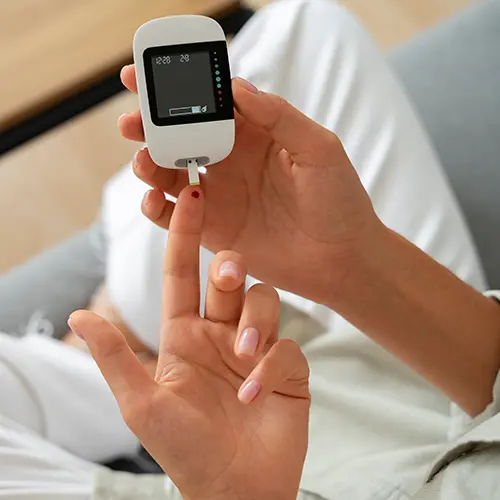Table of Contents
Angiography is a medical imaging technique that is used extensively in the diagnosis and treatment of vascular health problems. This procedure involves using X-ray technology and contrast agents to visualize blood vessels. It has a leading role in the early identification of conditions such as narrowing, obstruction, and bleeding.
With the use of angiography, doctors can accurately diagnose problems, plan appropriate treatments, and look for ways to restore normal blood flow.
The diagnostic power of angiography in vascular health has brought many possibilities. This technique has the revolutionary quality of clear imaging of blood vessels using X-ray imaging and contrast agents. Angiography reaches a versatile use, from detecting blockages to diagnosing bleeding sites. It can also guide medical interventions such as angioplasty and embolization. In this way, it contributes to effective treatments that restore proper blood circulation and improve patients' health.
In this article, we will focus on angiography’s role, precision diagnostics for vascular health assessment and vascular health evaluation, and harnessing angiography diagnostic power. In the final part of the article, you can also read about angiography’s diagnostic significance.
Angiography's Role: Precision Diagnostics for Vascular Health Assessment
An angiography is a special tool in today's medical science. It helps doctors see the capillaries that carry blood in our bodies. This tool is extremely helpful in demonstrating how our blood vessels work.
When doctors use coronary angiography, they put a special substance in our blood that can be seen in a special machine to correct heart problems. This helps them find problems such as where the vessels are too narrow or bleeding where they shouldn't.
Cerebral angiography also helps doctors correct these problems regarding the brain. If a vein is too narrow, in the body, doctors may put a small balloon to widen it. If there is bleeding, they may use angiography to stop it.
Therefore, angiography is very useful. It helps doctors understand blood vessel problems and plan how to fix them. In terms of patient psychology, keeping the problems under control makes people feel better and keeps them healthy.
Vascular Health Evaluation: Harnessing Angiography's Diagnostic Power
The existence of a groundbreaking method in the field of vascular health assessment marks the beginning of a new era in precision diagnosis. AccuFFrangio combines the power of 3D vessel reconstruction and pressure drop calculations. This innovative method minimizes risks by eliminating the need for pressure wire. It also provides accurate functional insight into coronary artery stenosis.
AccuFFRangio's performance demonstrates impressive diagnostic precision when compared to pressurized wire-based FFR measurements. The achieved sensitivity, specificity, PPV, and NPV results underscore its potential as a swift and dependable diagnostic solution. AccuFFRangio holds the promise of transforming strategies for percutaneous coronary interventions, aligning anatomical and functional evaluations to provide individualized interventions and enhance patient results. The amalgamation of technological advancement and medical expertise stands as a testament to the profound influence of innovation in reshaping the landscape of vascular healthcare.
Angiography's Diagnostic Significance
Angiography, a specialized X-ray technique, has emerged as a powerful tool for assessing vascular health. By introducing a contrast dye into the bloodstream, blood vessels become noticeable on X-ray images, illuminating potential problems that might otherwise be overlooked. Applied in hospital radiology departments, this method helps in diagnosing various vascular problems including atherosclerosis, peripheral artery disease, brain aneurysms, angina, and blood clots.
While generally safe, angiography carries minor risks like bruising and soreness. Severe complications are infrequent, encompassing allergic reactions and cardiovascular incidents.
With distinct angiography variations tailored to specific body areas, this technique stands as a cornerstone in contemporary medical imaging, reshaping the diagnosis and treatment landscape for vascular conditions.




















